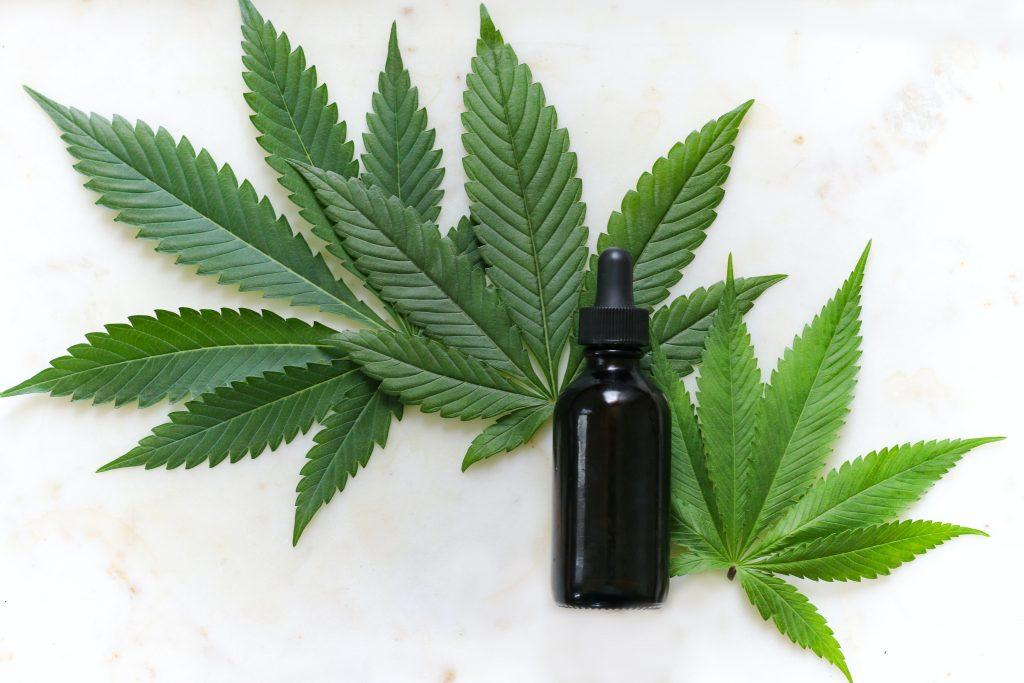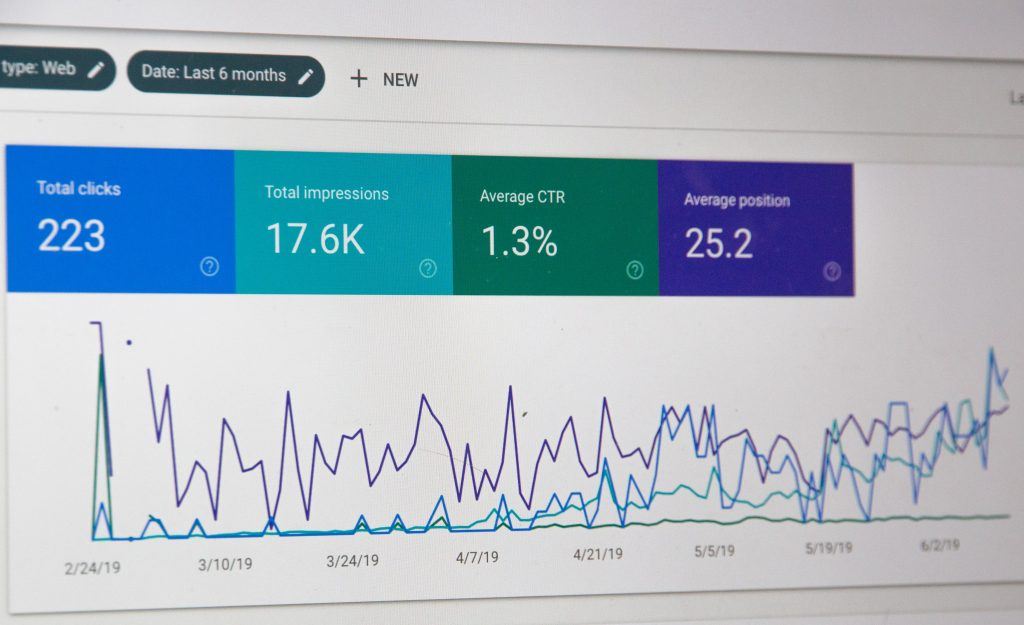
Since California legalized medical marijuana back in 1996, other states have been following suit. There’s been a slow shift in the public’s relationship with the drug, and we’ve seen a number of brands crop up in that gray area of cannabis, CBD, and hemp products. These products are perfectly legal but strictly regulated—making digital marketing a tough task and leaving brands wondering, “How do I market my CBD company?”
While both our national government and society at large have made some significant shifts in support of cannabis and CBD, these industries still face major roadblocks when it comes to marketing their wares digitally. Let’s examine some of these challenges in-depth.
Social Media Platforms Are Cracking Down on Marijuana-Adjacent Brands
Let’s cut right to the chase: many social media platforms, like Facebook and Instagram, don’t even allow users to host pages dedicated to cannabis or CBD use, regardless of the legality of those products. And selling those products? Forget about it. However, there are some ways you can get creative with social media marketing.
In the digital age, we recommend that a company allocate 7-8 percent of their revenue to a marketing budget. Today’s emphasis on digital marketing means that cannabis and CBD companies will lose out on business if they’re unable to reach audiences online. While this industry may seem to be doing well at first glance (being worth an estimated $150 million), the lack of digital marketing for these products has meant both slower and lesser revenue growth all-around.
We’re left, then, with a million-dollar question: how can CBD companies market their products on social platforms while staying compliant with the various regulations in place?
Don’t Just Advertise—Educate
There’s a lot of confusion when it comes to cannabis and CBD products. They’re often wrongly believed to contain THC, the psychotropic compound that causes the feeling of “highness” associated with marijuana use. Customers are much more likely to buy when they know and understand exactly what they’re getting.
In other words, this is your chance, as a brand, to educate! Teach your followers about the potential benefits of both cannabis and CBD. Just be sure that you’re staying in line with any and all regulations, and that you’re providing accurate information.
Placing an educational spin on your brand is sure to give you a competitive edge. A regular informative social post, for example, is sure to do the trick.
Search Engine Optimization > Pay-Per-Click Advertising
Social media isn’t the only place making it tough for cannabis brands—even sites like Google are cracking down, banning pay-per-click (PPC) ads for these products entirely. Meaning that you won’t be able to pay for that coveted ad spot on the first page of Google’s search results.
A PPC ban doesn’t mean your business has to slip through the cracks, however! It just means you’ll have to shift your tactics—i.e., invest in a killer SEO strategy. In this case, you’ll need a thorough understanding of what words will boost your brand visibility, as well as which words may raise some red flags. Landing on page one of those search results doesn’t have to feel like an impossibility anymore. And in terms of paid social campaigns, you may still be able to advertise your CBD products on Facebook and other platforms—you’ll just need to take more of an indirect route and avoid too much product focus.
Refine Your SEO Strategy Around Relevant CBD Keywords
Okay, so you can potentially avoid having to navigate around Google’s PPC rules by running an SEO campaign instead. But how do you know what specific words to use (especially when hundreds of other CBD companies may need to opt for a similar strategy)?
If you want your brand to rank, you’ll need to have high scores on Google’s Relevance, Authority, and Trust factors. Here again, we’ll emphasize education—if your brand is there to educate, you’re far more likely to rank.
But how can you educate and utilize those keywords at the same time? For one, you can incorporate words related to medical marijuana (including the phrase “medical marijuana” itself) into your SEO roadmap. You could even take it a step further by enlisting a digital agency to determine which keywords will help you rank highest.
Review Websites Like Leafly
Leafly, the largest cannabis website in the world, allows users to rate and review hundreds of cannabis products and related dispensaries. In other words, potential users can browse Leafly to educate themselves before choosing a product or a brand. It’s essentially the Yelp of the cannabis world.
Go on, take a look at what users are saying about your brand, and consider engaging in a little online reputation management while you’re at it. While current regulations make it challenging to garner cannabis a strong online presence, you’re still more than capable of maintaining that consistently positive online image.
Stay Ahead of the Curve With Snap
Marketing your cannabis and CBD products may not feel like a straightforward process, but at Snap, our approach to your company’s success is. Our talented team of SEO content creators, strategists, and social media experts knows just how to get your brand thriving online—finding ways to write about products with nuance, and in a way that minimizes controversy.
Ready to curate a powerful online presence that drives traffic and revenue? Contact Snap today!



